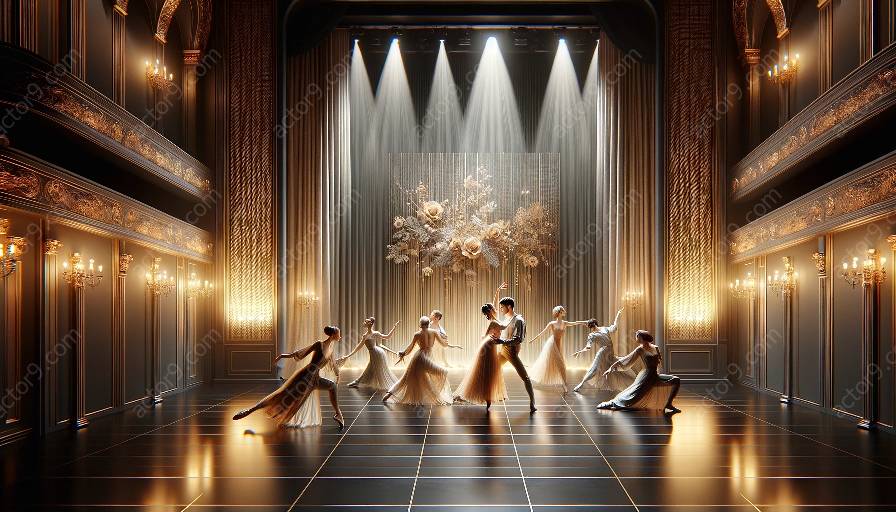As performers, actors, and dancers, the use of breath significantly impacts the physicality of our actions. The way we breathe not only affects our stamina and endurance during a performance but also deeply influences the authenticity and emotive quality of our movements. Understandably, the connection between breath, movement, and physicality is of utmost importance, especially in the realm of acting and theater.
Understanding the Mechanics of Breath
To comprehend the impact of breath on physicality, it's essential to first understand the mechanics of breathing. In theater and acting, the concept of 'breath support' is often emphasized. This involves the use of the diaphragm and the intercostal muscles to control and project breath.
Enhanced Body Awareness and Control
Conscious breath control promotes enhanced body awareness and control. As performers, by being attuned to our breath, we can manipulate the pace, intensity, and fluidity of our movements. This results in more controlled, deliberate, and impactful physical performances.
Emotional Expression and Authenticity
Breath is intricately linked to our emotional state. By harnessing the power of breath in performance, actors can imbue their movements with authentic emotional expression. The pacing, depth, and rhythm of breath directly inform the emotional cadence and subtleties of physical expression.
Rhythm and Tempo in Movement
Our breath inherently sets a natural rhythm for our movements. Through conscious manipulation of breath, performers can dictate the tempo and rhythm of their physical actions, creating dynamic and engaging performances that captivate audiences.
Connection to Character Development
In acting, breath can serve as a profound tool for character development. The unique breathing patterns and mannerisms of a character can offer insights into their personality, inner turmoil, and state of mind. Utilizing breath to embody the breathing nuances of a character adds a layer of depth and authenticity to the portrayal.
Importance of Breath Training
To fully leverage the influence of breath on physicality, performers engage in specific breath training exercises. These exercises not only enhance lung capacity and breath control but also sharpen the connection between breath, movement, and physical expression.
The Power of Silence and Stillness
Breath also plays a crucial role in moments of silence and stillness during a performance. The controlled manipulation of breath in these instances can convey as much emotion and narrative as spoken lines or dynamic movements, adding texture and depth to the overall performance.
Conclusion
The use of breath in performance, particularly in acting and theater, serves as a dynamic and multifaceted tool influencing physicality. By understanding and harnessing the power of breath, performers can elevate the authenticity, emotional resonance, and impactful nature of their physical performances, creating a compelling and immersive experience for audiences.















































